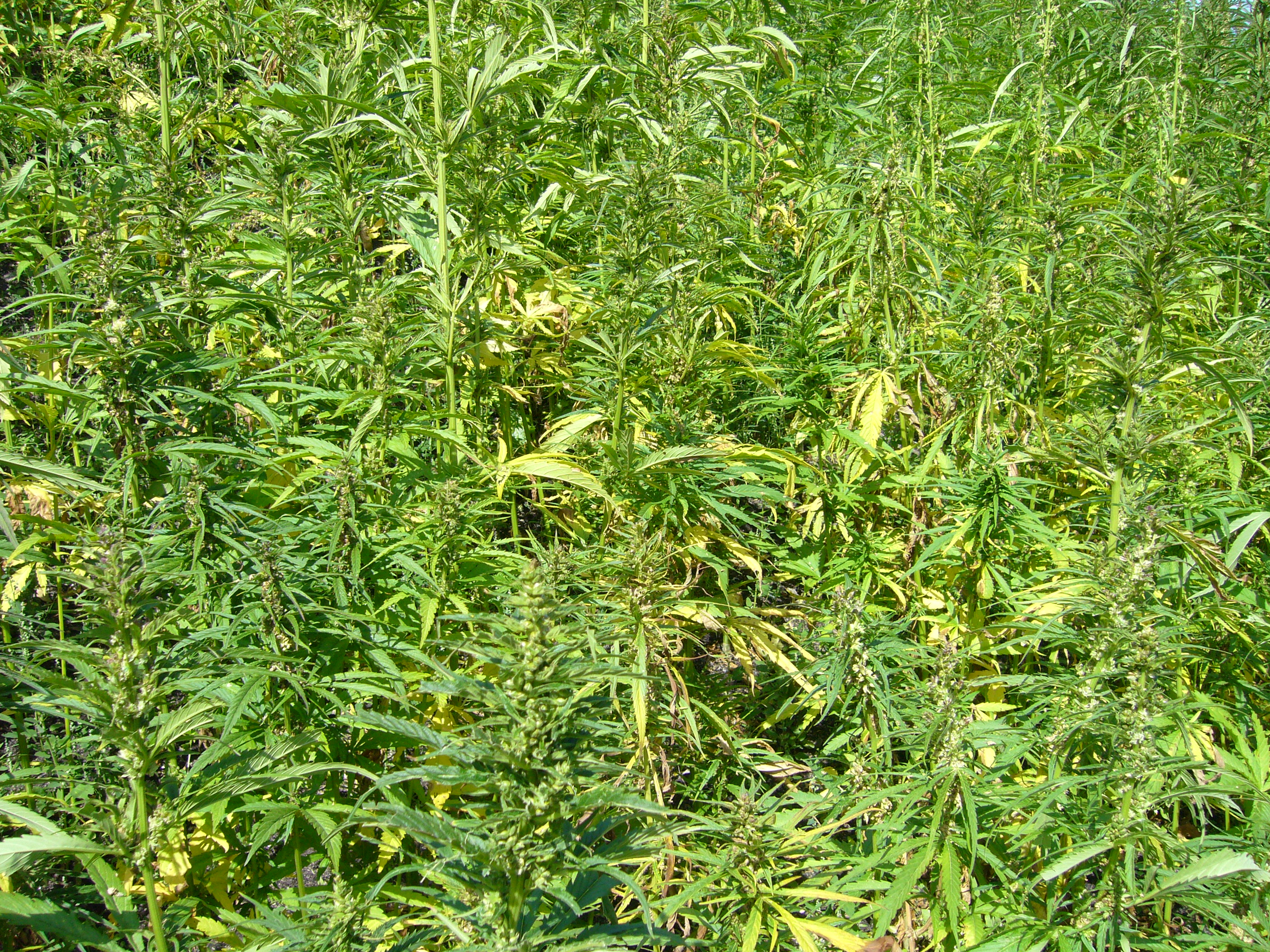The following article by J. Daniel Lafreniere, Research Associate at Dalhousie University, Canada, has been selected by a panel of judges as the runner up for Pharmacology Matters’ first writing prize for Early Career Researchers. Entrants were tasked with writing entertaining, original articles which could be appreciated by a lay audience. This article was selected for its imagination, logical structure and ability to creatively communicate complex ideas.
Cannabis and Nausea: A Cause and a Cure, from Chemotherapy to Chili Peppers
Picture this, you’re an emergency doctor and an otherwise healthy young woman presents to your emergency department with a day long history of severe nausea, vomiting and stomach pain. She doesn’t respond to your initial choice of anti-nausea medicines (referred to as anti-emetics), and her diagnostic lab tests and imaging studies are unremarkable. She explains that the only time she felt relief was during her shower that morning. You astutely recognise this presentation and ask her about Cannabis consumption, which she reports to be frequent and long-term. Her diagnosis: ‘Cannabinoid Hyperemesis Syndrome (CHS)’; your treatment plan: chili pepper paste on the abdomen (capsaicin cream if available), hot showers as tolerated, and possibly haloperidol (an anti-psychotic) and/or lorazepam (a benzodiazepine), as well as decreasing or stopping Cannabis use.
Now you might be thinking, ‘isn’t Cannabis thought of as helpful in controlling nausea?’. This is indeed the case, however the link between Cannabis and nausea is complex. Nausea is a product of the body’s response to toxins and injury, which may subsequently trigger vomiting (‘emesis’). We have a fairly diverse array of medicines for treating nausea and emesis, and this is because nausea originates from several different locations in the body – namely the gastrointestinal (GI) tract, the inner ear, and the brain. Anti-emetics target nausea-inducing substances produced by the body, which might be specific to one of these sites. For example, serotonin or ‘5-hydroxytryptamine (5-HT)’ is released from specialised cells in the GI tract (called ‘enterochromaffin cells’) in response to irritation (i.e. from ingested drugs or toxins), or injury (i.e. surgery). We block the actions of serotonin using the 5-HT3 receptor antagonists (5-HT3 blockers) such as ondansetron. These are used in a range of clinical scenarios, such as post-operatively and in those patients receiving chemotherapy. Another nausea-inducing substance is dopamine, which acts on receptors in the brain. We block its actions with agents such as metoclopramide or haloperidol.

So why might Cannabis be both a trigger of nausea and at the same time a potential nausea treatment? The reason for this seeming contradiction lies in our physiology. The story of cannabinoids mimics an older story with another group of well-known drugs. Opioids (e.g. morphine, hydromorphone) were discovered and synthesized following the realisation of the analgesic (pain-reducing) actions of extracts from the opium poppy. Research into these actions led to the understanding of an opioid system that is naturally occurring in the body (‘endogenous’). The body makes its own opioid substances, along with receptors that recognise these substances and initiate the body’s response, such as decreasing pain. In fact, our bodies also produce their own cannabinoids, called ‘endocannabinoids’, as part of an ‘endocannabinoid system (ECS)’. Thousands of years ago, we discovered the effects of consuming plant-based extracts from the Cannabis plant. Despite this ancient history, it wasn’t until the 1960’s that the main psychoactive cannabinoid from the Cannabis plant, THC ([Symbol]9-tetrahydrocannabinol), was discovered, with subsequent identification of cannabinoid receptors and the characterization of key endocannabinoids in the following decades. We have since learned that the endocannabinoid system has involvement in a wide range of emotional and physiological processes including: mood, appetite, stress, sleep, and pain, in addition to nausea and emesis. As mentioned, anti-emetic properties of activating one of the cannabinoid receptors (called cannabinoid 1 receptor) have been described, with cannabinoids such as THC being clinically accepted as efficacious in treating nausea and emesis in certain situations. An example of this is use in the setting of chemotherapy-induced nausea and vomiting.
We’ve discussed that our bodies have a system that can be activated by Cannabis, but we still haven’t addressed the interesting question: why does this ‘cause and cure’ dichotomy exist with nausea, and what information does it offer regarding the role of the endocannabinoid system in how nausea develops? First, the presence of CHS (recall our diagnosis of Cannabinoid Hyperemesis Syndrome) as a clinical entity supports an association between the endocannabinoid system and nausea. It is likely that developing CHS has something to do with an adaptation by the endocannabinoid system to high-dose exogenous cannabinoids in the chronic Cannabis user. This may be related to a decrease in cannabinoid receptor function, through processes called desensitisation and downregulation. Another possible explanation is that long-term Cannabis users may experience increased levels of circulating endocannabinoids in response to stress and fasting, which could overwhelm the endocannabinoid system and contribute to the development of CHS. The take home message here is that when someone regularly consumes Cannabis, the body will do its best to adapt, which it accomplishes through various mechanisms.

Back to our patient in the emergency department, you might be wondering why chili peppers and hot showers work for CHS when conventional medicines for nausea fail? In fact, both of these stimuli activate the same receptor – which is called TRPV1 (Transient Receptor Potential Vanilloid 1). TRPV1 is involved in the development of pain and a burning and heat sensation results when TRPV1 receptors are activated by triggers such as capsaicin, heat, or acidic conditions. It turns out that cannabinoids also have activity at this receptor, and the cannabinoid receptors themselves are known to associate with TRPV1 receptors. So, along with a decrease in cannabinoid receptor function, the chronic Cannabis user may be desensitising their TRPV1 receptors. Given this, it makes more sense that hot showers or capsaicin could provide relief as these have an opposing effect, i.e. they activate TRPV1 receptors.
We can conclude that intricate links exist between the physiologic process of nausea and the endocannabinoid system. Though we don’t yet understand the specific mechanisms that underlie CHS, it will be of benefit for both clinicians and the public to gain awareness and knowledge regarding the syndrome. Further, it is likely that we will gain both insights into and new opportunities for, the development and refinement of Cannabis-derived anti-emetics along the research path towards a mechanistic understanding of CHS.
Comments
If you are a British Pharmacological Society member, please
sign in to post comments.